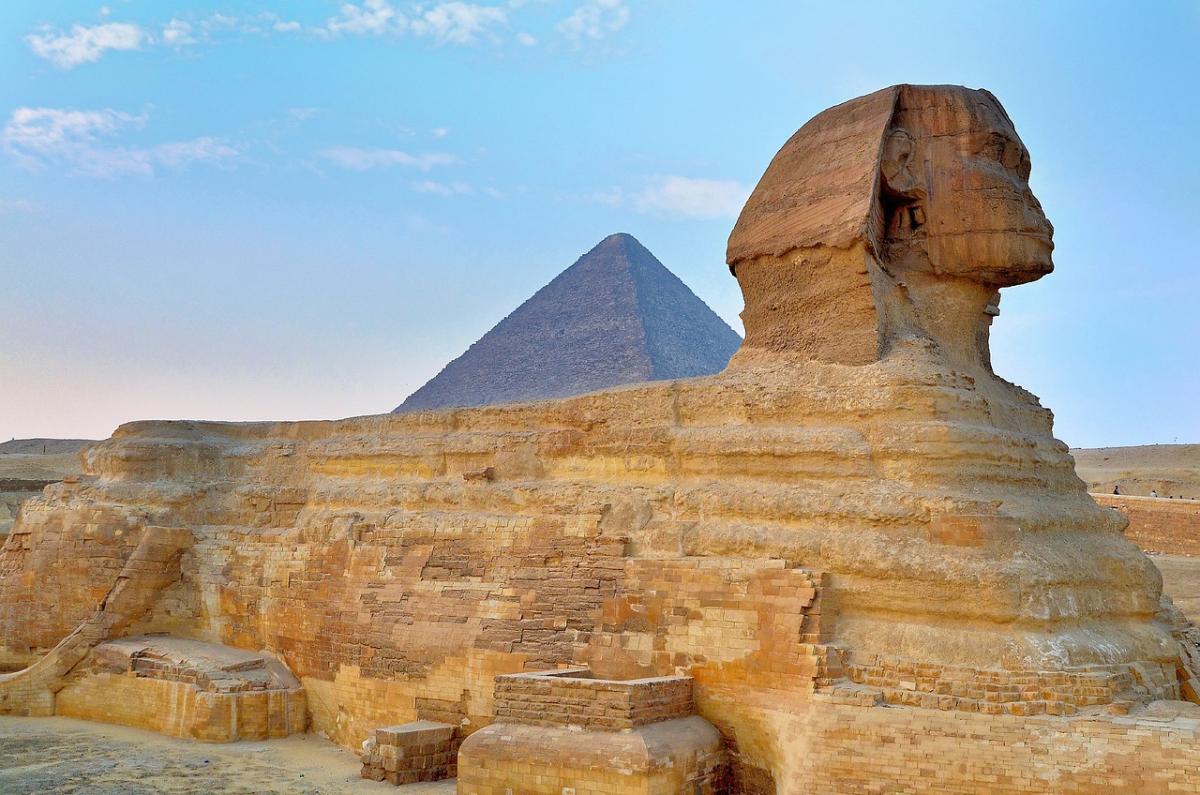
Great Sphinx: The Mysterious Guardian of the Pyramids
The Great Sphinx is one of the most iconic monuments in the world, located at Giza in Egypt. It stands guard at the entrance to the Pyramids and has been a source of fascination for archaeologists and historians for centuries. The true age of this enigmatic structure is still debated by experts, with some suggesting that it could be as old as 5000 years or more. Its significance lies not only in its impressive size but also in its symbolism; representing both a guardian of knowledge as well as an embodiment of power and strength. The mysteries surrounding it have captivated people throughout history, making it one of the most intriguing archaeological sites ever discovered.
The Construction Of The Great Sphinx
The Great Sphinx is one of the most iconic monuments in the world, located at Giza in Egypt. It measures 73 meters long and 20 meters high, making it an impressive sight to behold. The structure is made primarily from limestone blocks which were quarried from nearby sites and then carefully transported to Giza for assembly. Archaeologists have identified several different construction techniques that were used in its creation such as corbelling, overlapping stones and post-and-lintel methods. In addition, evidence suggests that mud mortar was also employed during its construction process.
The exact age of this remarkable structure remains a source of debate among experts; however radiocarbon dating has placed its origin sometime around 2500BCE or earlier. Despite being nearly 5000 years old, the Great Sphinx still stands strong as a testament to the engineering prowess of ancient Egyptians civilizations who crafted this incredible monument with only primitive tools and materials available at their disposal.
In recent years scientists have used advanced imaging technology including laser scanning and photogrammetry to gain better insight into how it was constructed and what materials it consists of today. This data has allowed researchers to more accurately reconstruct how exactly the sphinx originally looked like when it was first built all those centuries ago! With every new discovery made about this mysterious landmark, we continue to unlock secrets about our distant past that remain hidden within its walls even today!
Symbolic Representations Of The Great Sphinx
The Great Sphinx has been a prominent figure in Ancient Egyptian mythology since its creation. It was believed to represent the power of the pharaohs and their connection to the gods, acting as a guardian for both them and their kingdom. In many ancient texts, it is depicted with a human head but also possessing lion-like features such as paws or claws which symbolize strength. Its significance is further highlighted by inscriptions on some of its walls that are thought to have been written by Thutmose IV, who declared it an official monument of Egypt in 1400 BCE.
It also reflects many aspects of Ancient Egyptian religion, including references to Ra, the sun god and Osiris, god of death and rebirth. The sphinx's face represented Horus - son of Isis and Osiris - while its body embodied various other deities depending on what era it was constructed in; at different times being associated with Hathor (goddess of love), Sekhmet (war goddess) or even Bastet (goddess of cats). This wide range of religious symbolism shows how deeply embedded this structure was into ancient Egyptian culture over thousands years ago!
Speculations On The Age Of The Great Sphinx
Proposed Early Dates
The most widely accepted estimate for the age of the Great Sphinx is 2500BCE however, there are scholars who believe that this structure could be much older. Proponents of earlier dates point to evidence such as weathering patterns on its body and eroded masonry joints which suggest prolonged exposure to wind and rain over a period spanning centuries. Furthermore, ceramic fragments found in excavations around the site potentially date back all the way to 3800 BCE, suggesting that the sphinx was built during or before that time. Additionally, inscriptions written by Thutmose IV describe events from some 500 years prior to his rule which hints at an even greater antiquity for this enigmatic monument!
Evidence Of Older Age
Recent studies conducted using advanced imaging technology have revealed details about how exactly it was constructed and what materials were used; providing further insight into its true age. These include findings such as water erosion on its walls indicating that it was exposed to floods in classical antiquity - likely being submerged under waters thousands of years ago - as well as engraved lines between blocks hinting at post-and-lintel construction techniques which predate those commonly employed by ancient Egyptians civilizations in their building projects. All these discoveries contribute towards ongoing speculations about when exactly this remarkable structure was first created!
The Ongoing Conservation Of The Great Sphinx
Egyptologists have been aware of the importance of preserving and protecting the Great Sphinx for centuries and efforts to maintain it in its original state began as early as
The first major project was undertaken by Jean-Philippe Lauer, a French archaeologist who worked on restoring the structure from 1925 to
His work included removing debris that had accumulated around the sphinx over time, reassembling pieces that had fallen off during earthquakes or floods, as well as carving out new sections to replace any lost parts. He also constructed a protective casing around its base using limestone blocks taken from nearby quarries.
In recent times, preservation has become even more challenging with increasing levels of pollution and erosion threatening this ancient monument’s long-term survival. Since 2009 Egyptologists have been conducting extensive conservation projects including cleaning all surfaces with air blowers to remove dust particles; installing a drainage system beneath its body which prevents water buildup; applying special waxes and sealants onto specific areas in order to protect them against further deterioration; and closely monitoring environmental factors such as humidity levels and temperature fluctuations which could potentially cause damage if left unchecked.
Despite these ongoing efforts there are still many challenges facing those tasked with conserving this important site for future generations. Due to its massive size and delicate features any restoration operations must be carefully planned before they can begin in order not only preserve what remains but also ensure minimal disruption caused by their activities themselves! Additionally, since much of the Great Sphinx is made up of sandstone - which is highly susceptible to weathering - finding effective ways to protect it from rainwater runoff or other forms of corrosion continues prove difficult for researchers today!
Conclusion
In conclusion, the Great Sphinx of Giza has been a source of wonder and fascination for centuries. Its incredible size, symbolism, and age all contribute to its unique character which continues to captivate people from around the world today. By studying this remarkable structure in greater detail we can gain valuable insight into Ancient Egyptian history and culture such as their construction techniques, religious beliefs or even their reverence for powerful figures like pharaohs. With every new discovery made about it we continue to unlock secrets that were once hidden within its walls thousands of years ago! Ultimately, the Great Sphinx will remain an iconic monument for generations to come; embodying both our past and present understanding of one of humanity’s oldest civilizations.
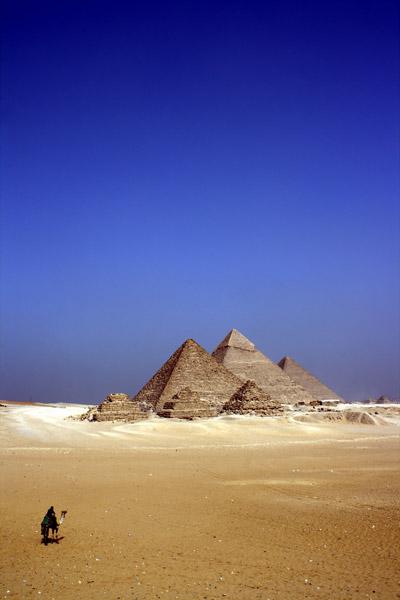
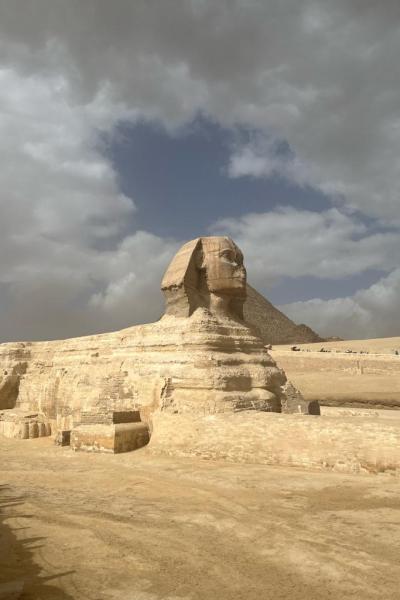
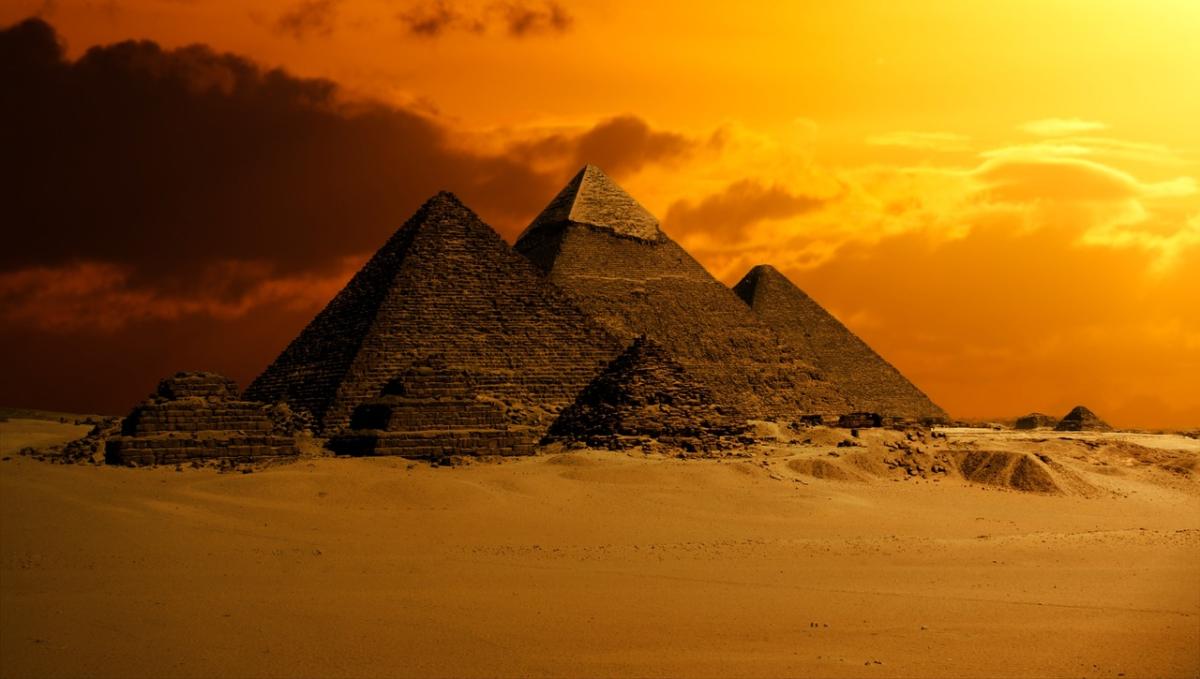
Egypt, the cradle of civilization, beckons travelers with its ancient wonders, vibrant culture, and breathtaking landscapes. From the majestic pyramids of Giza to the bustling streets of Cairo and the serene beauty of the Red Sea, Egypt offers an unparalleled travel experience. However, to ensure your...
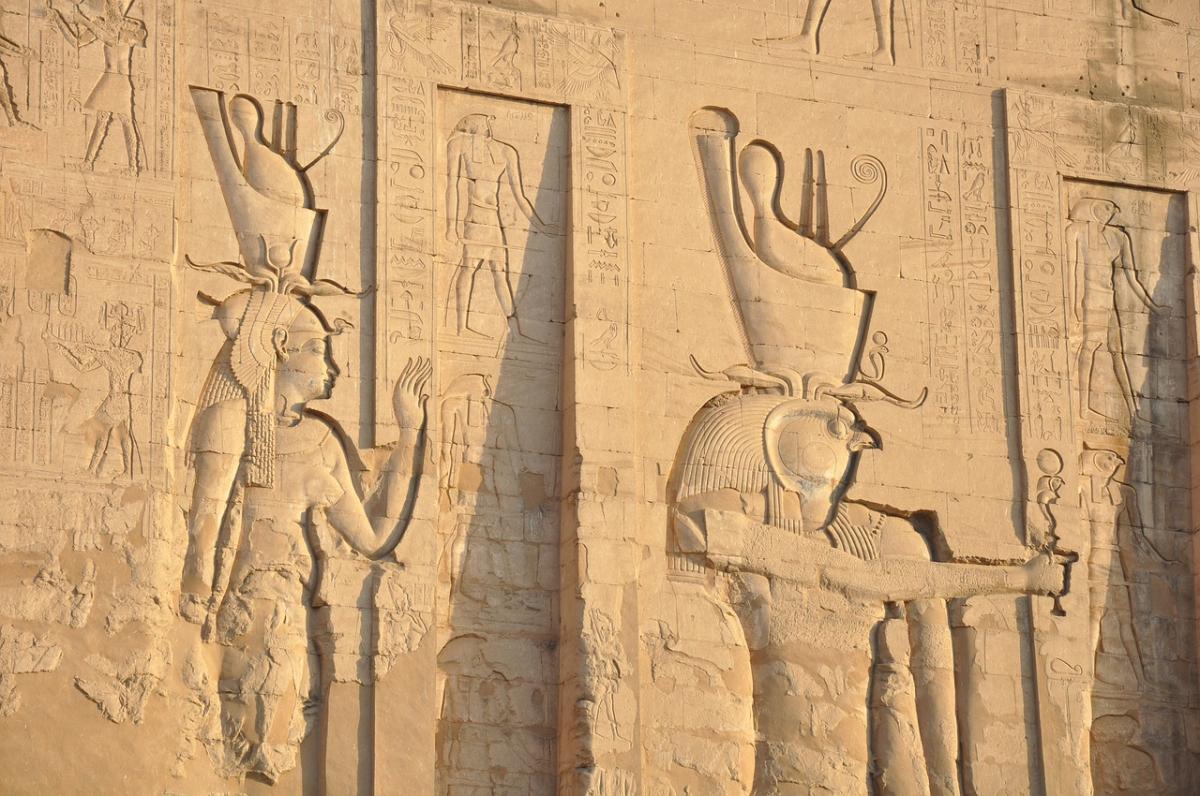
Egypt, a nation at the crossroads of Africa and the Middle East, boasts a culture that is as rich and layered as its millennia-old history . From the monumental legacy of the Pharaohs to the enduring influence of Coptic Christianity and the pervasive traditions of Islam, Egyptian culture is a vibrant...
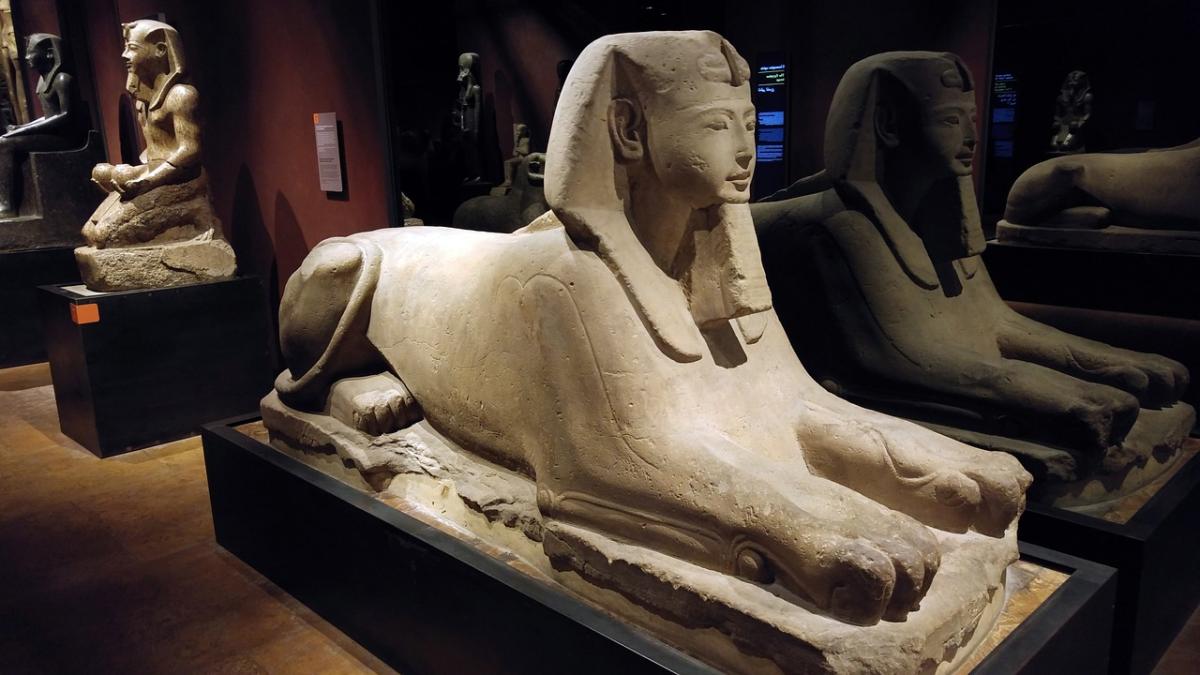
Located in the heart of Cairo on Tahrir Square, the Museum of Egyptian Antiquities, commonly known as the Egyptian Museum, stands as the oldest archaeological museum in the Middle East . For over a century, it has been the worlds foremost repository of Pharaonic antiquities, offering an unparalleled...